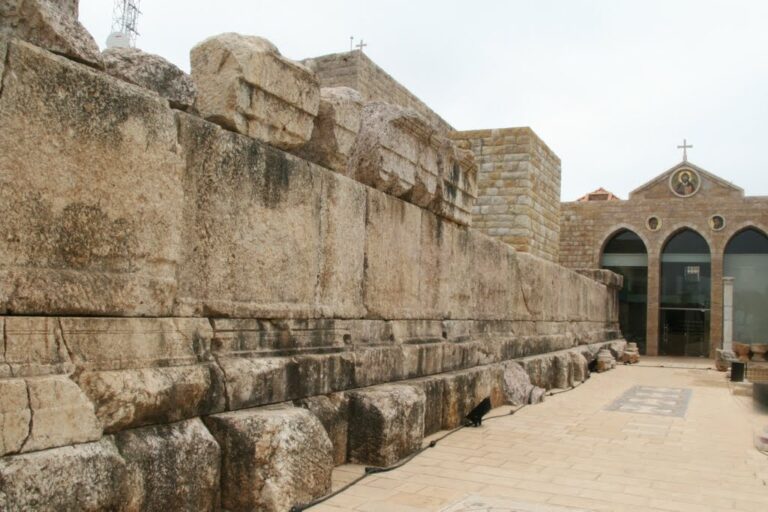A beautiful day is dawning again under the Lebanese sun. The perfect opportunity to discover a new village marked by the history of Lebanon. Located in the mountains, Beit Mery is both a village and a summer resort. A tourist site that is worth the detour because it shelters one of the most beautiful heritage vestiges of Lebanon, Deir al Qalaa.
https://www.instagram.com/p/BZOfSFUFp-0/
https://www.instagram.com/p/BYsRb40FMd0/
Deir al-Qalaa is a monastery church of Saint John the Baptist, originally built in 1750 on the ruins of an ancient Roman temple. Located at an altitude of 800 m, on the eastern outskirts of the Beirut metropolitan area, at the entrance to the village of Beit Mery, the site offers a breathtaking view of the capital.
https://www.instagram.com/p/BSpyXVFDVKS/
https://www.instagram.com/p/ykI5fLi4fO/
Before becoming what it is today, a vestige of the past, the church of the monastery of Saint John the Baptist saw a whole succession of constructions-destructions. First a first church which was destroyed, then a new construction in 1768, then another in the 19th century based on the remains of the structure of the second church.
https://www.instagram.com/p/BYkYnUdgRj2/
https://www.instagram.com/p/BvEsXungg_y/
From the ancient Roman temple, massive blocks remain today, which form the foundation of the church. This temple, dedicated to the great god Baal Marqod, dates from the 1st century AD. It is the third largest temple in Lebanon after Baalbek and Niha. The monument is exactly 40 m long and 17 m wide. Today, one can still observe on the spot, some columns of the old frontage of the temple. With a diameter of 1.65 m, they majestically adorn the platform set up in front of the entrance to the church.
https://www.instagram.com/p/BSPDbuFBb_6/
https://www.instagram.com/p/BpbjQGdDBcf/
A worship complex composed of small temples are located below the monastery. Namely the temple dedicated to Juno, avatar of a Phoenician Astarte erected during the reign of Trajan (98-117). The two sites are separated by a monumental gate. According to a Latin inscription visible on the spot, this gate was erected in honor of the Emperor Trajanus (117-198 BC)
https://www.instagram.com/p/BUV-QBxl87J/
Just opposite these temples are the ruins of a Byzantine city (5th and 6th century). They are those of a church paved with mosaics, restored in the 6th century under the reign of Justinian. Right next to the church are the remains of Roman baths. Part of the floor, destroyed, reveals the columns formed of ceramic discs.
https://www.instagram.com/p/Bpjr33HDBC5/
In Roman times, the city was made up of paved alleys lined with porticoes which opened directly onto the shops. Some residential areas are still visible, as well as presses. The alleys are composed of a pipe system to allow drainage. The site is accessible to the general public.





